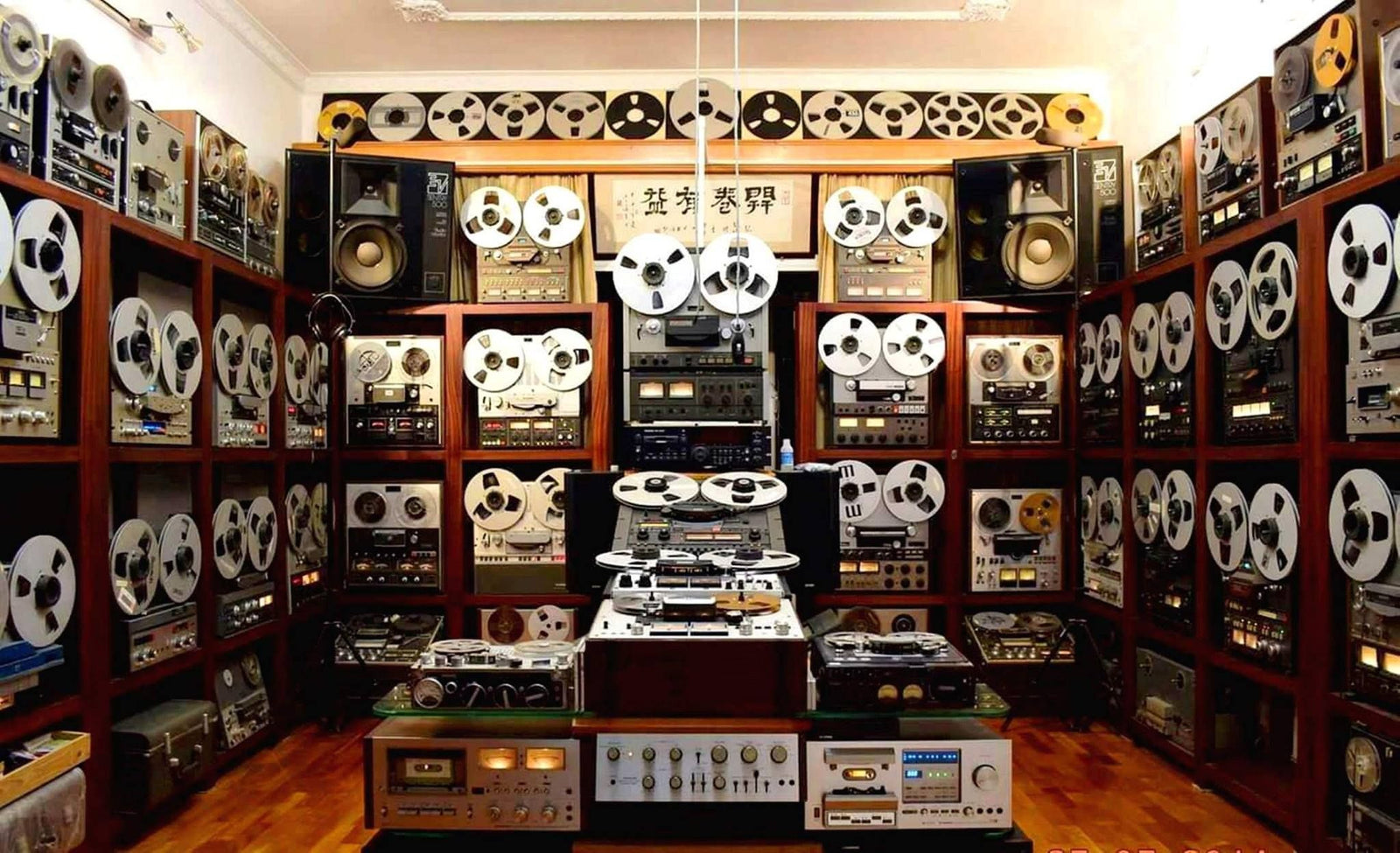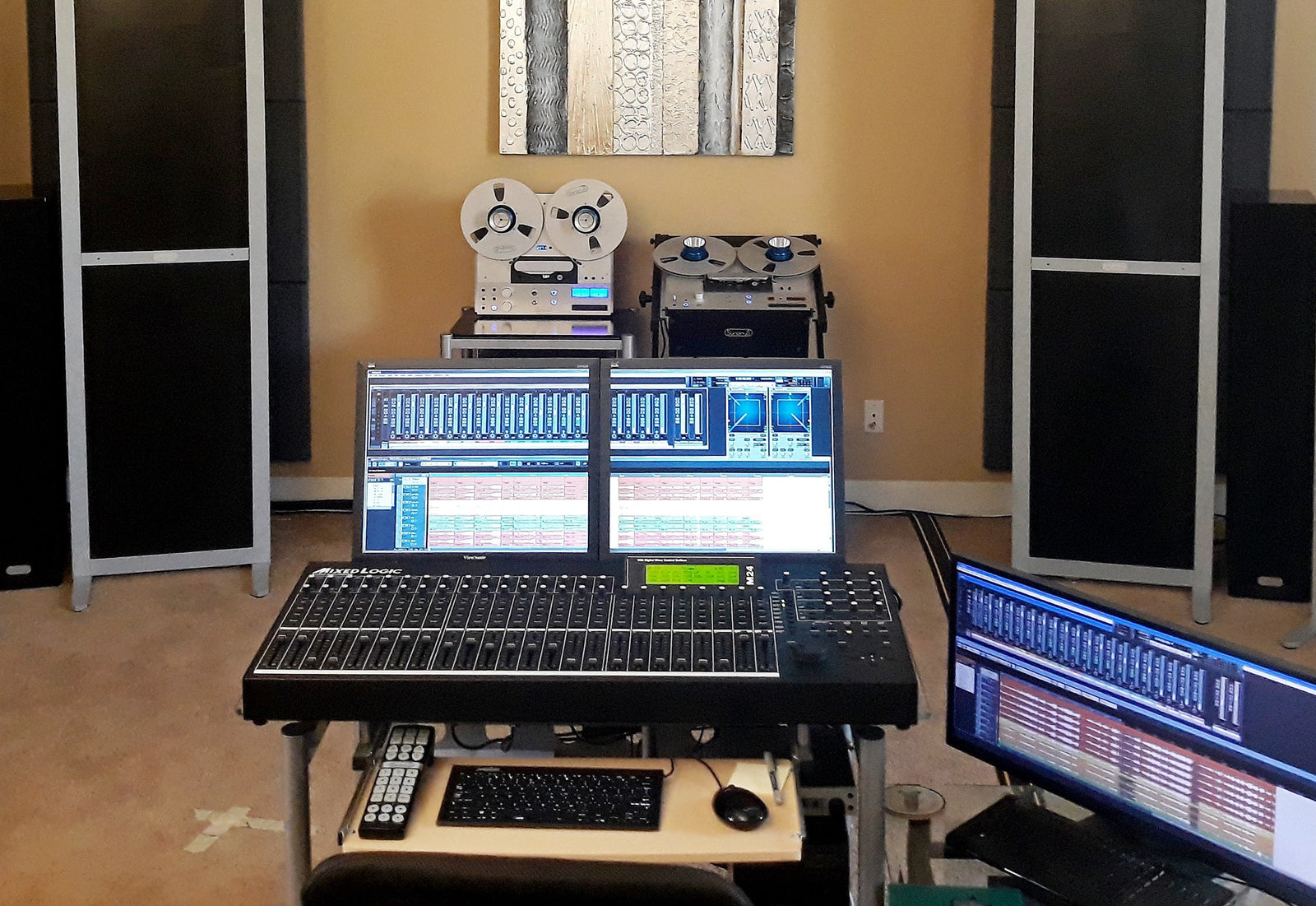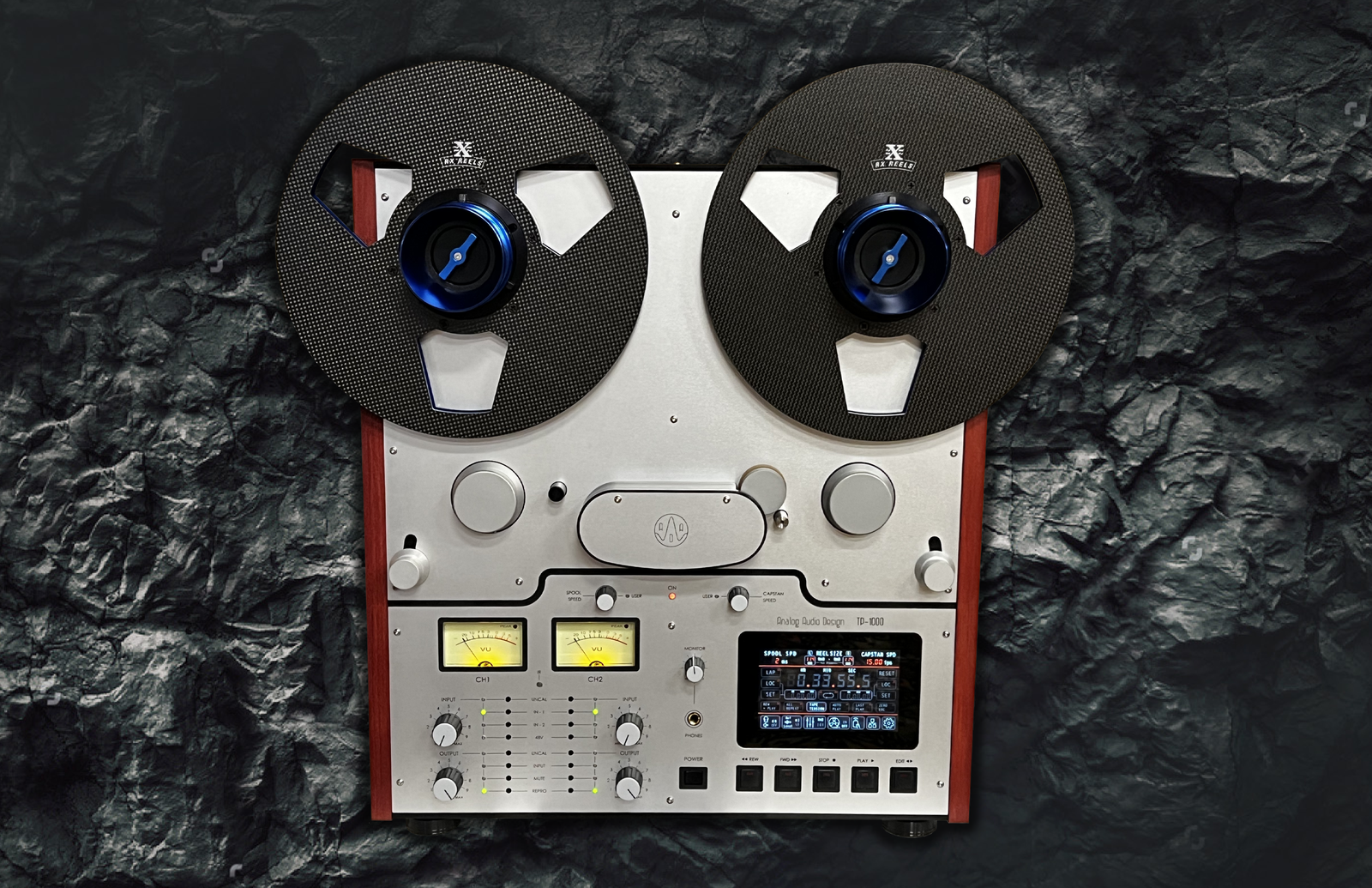Your Cart is Empty

With the resurgence of reel-to-reel tape decks, it is being said that reel-to-reel tape is the new vinyl, however, there is no comparison other than they are both ways to record and listen to what has been recorded, much like apples and oranges are both food that is fruit. Where anyone can go to one of the numerous used record stores and grab some great discs, it is not the same quality of sound as with what is available using today’s high quality reel-to-reel tape, paired with a quality recording process. Hands down reel-to-reel tape is superior and that’s what audiophiles crave.
If you are just getting into reel-to-reels, here is a look at both reel-to-reel audio tape recording decks and the tape reels themselves.
There are three categories of reel-to-reel machines:
These reel-to-reel machines were much like purchasing a record player from Sears in the 1960’s and 70’s, many times the speakers were built into the lid of the tape-recording device. Such brands as Sanyo, Toshiba, JVC, Aiwa, Sony, and Concord, Akai, Sony, and Teac were available for casual at home use.
In the 1970’s along came semi-professional reel-to-reel decks. These prosumer audio decks had more features than the original consumer audio decks and were more durable as well so the at home musician could frequently move between functions without breaking something. Here are popular brands that were used by home studio musicians; Tascam, Studer, Otari, Revox, and Fostex.
These machines were designed for 12-hour recording sessions, they were used in studios and other commercial applications, they do make noise so were often housed away from the actual recording studio and were operated by a wired remote. Some professional reel-to-reel decks are made by Tascam, Studer, Ampex, 3M, Otari, Sony, Nagra, Crown and MCI.
Looking for a great deck? Learn where to buy new, refurbished, & used decks.
The most common sized tape reels are 5”, 7” and 10.5” (usually referred to as 10 “). There are two common types of spools or reels, NAB and CINE aka Trident. Back in the day NAB were used professionally in studios while CINE was for home use. Most consumer reel-to-reel decks played commercially released five- and seven-inch tapes, while 10.5” was for master tape copies. For playing vintage commercially released tapes you will need CINE reels, however for current and vintage master tapes you will need a NAB hub adapter.
Typically, the take-up reels are made from metal or aluminum, however RX Reels are 10.5” ¼” tape spools made from carbon fiber! So why are RX Reels carbon fiber take-up reels different?
See RX Reels Carbon Fiber 10.5" and 7" reels here.


This post delves into the topic of making enhancements to the actual recorded media on reel-to-reel tape. Numerous vinyl albums have been remastered, and indeed, several hundred tapes have undergone remastering from the master or near-master. These offer notable improvements in sound quality compared to the original recordings. Sonorus Audio offers a Holographic Imaging tape remastering service explored here.

Analog Audio Design's first product, the TP-1000 is wholly constructed from new components, utilizing technologies such as computer-aided design and advanced testing tools to augment tape transport and minimize distortion.
The all important heads are from AM Belgium, the same company that inherited the head technical specs directly from Studer / ReVox when they shut down.
The TP-1000 stands out as a three-motor machine using DC motors, all uniquely coupled by a belt and a flywheel to a modern design. Why? To reducing the cogging and flutter commonly associated with DC motors.